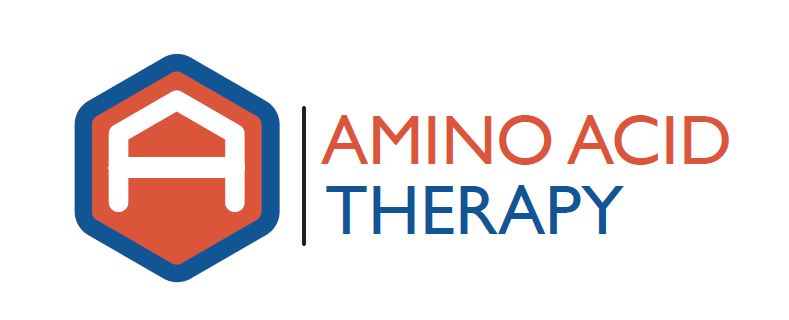We have worked with thousands of people all over the world for numerous conditions related to neurotransmitter imbalance(s). Many of these people are currently taking, or have taken one or more medications that alter or affect various neurotransmitters, which can provide us a clue on where to start with amino acid therapy.
There are literally hundreds of medications currently in use to alter or affect neurotransmitter levels and/or function in some way. How a person responds to these medications may provide us a clue on each person’s unique imbalances and provide us valuable information on the steps we may need to take in order to help correct those imbalances.
For instance, if a person has taken one or more selective-serotonin reuptake inhibitors (SSRIs) and has seen improvements over the years, this may be an indication that they need more support for the serotonin side of the serotonin-catecholamine system. This is especially true if a person saw benefits from SSRI medications over time (say years or decades) but then noticed that the effects of the drug(s) seemed to subside. Since these medications don’t actually assist the body in making more serotonin (but rather just shuttle it around), over time, a person’s serotonin levels will fall. Once serotonin levels fall far enough, there won’t be enough serotonin left for the drug to shuffle around and symptoms of neurotransmitter imbalance will surface. Oftentimes, these symptoms will include not only the original symptoms for which the person was prescribed the medication, but additional symptoms of neurotransmitter imbalance.
Many people don’t know which neurotransmitter(s) a particular medication affects; here is a great synopsis of the neurotransmitters affected by various medications along with the mechanism of action and indications for many of the most prescribed medications used to treat disorders associated with neurotransmitter imbalances: Prescribing information for Select Drugs – NT.
Even negative reactions to one or more medications can provide us valuable information on where we may need to begin addressing a person’s underlying neurotransmitter imbalances. For instance, if a person has tried one or more SSRI medications and they had a very bad or poor reaction to those medications, this may indicate that they do not need a great deal of support for the serotonin side of the equation, but rather need more support for catecholamine production (often called dopamine dominance). In this case, we may initiate a dopamine challenge in order to determine if this is the correct course of action so we can most efficiently address that person’s amino acid needs.
When it comes down to it, everyone’s needs are different. We can and will use any information we have to determine the best place to start and continue to adjust each person’s amino acid dosing until we find the right balance of nutrients to correct any underlying neurotransmitter imbalances to restore optimal health.


